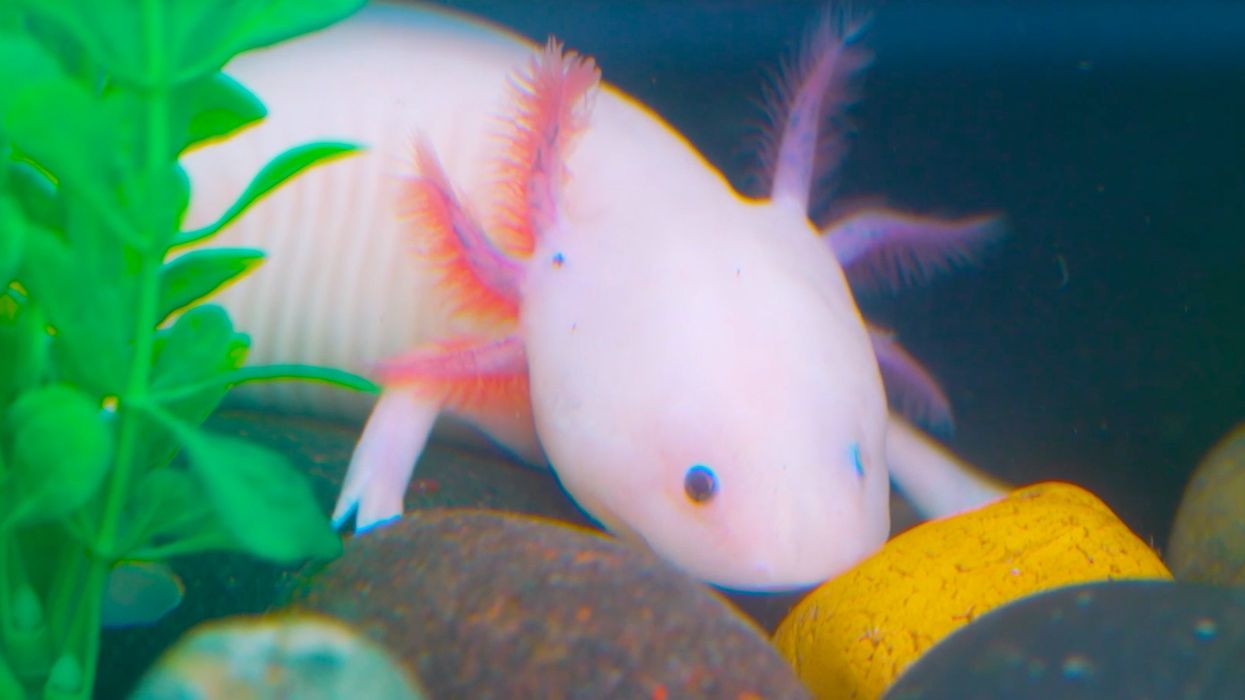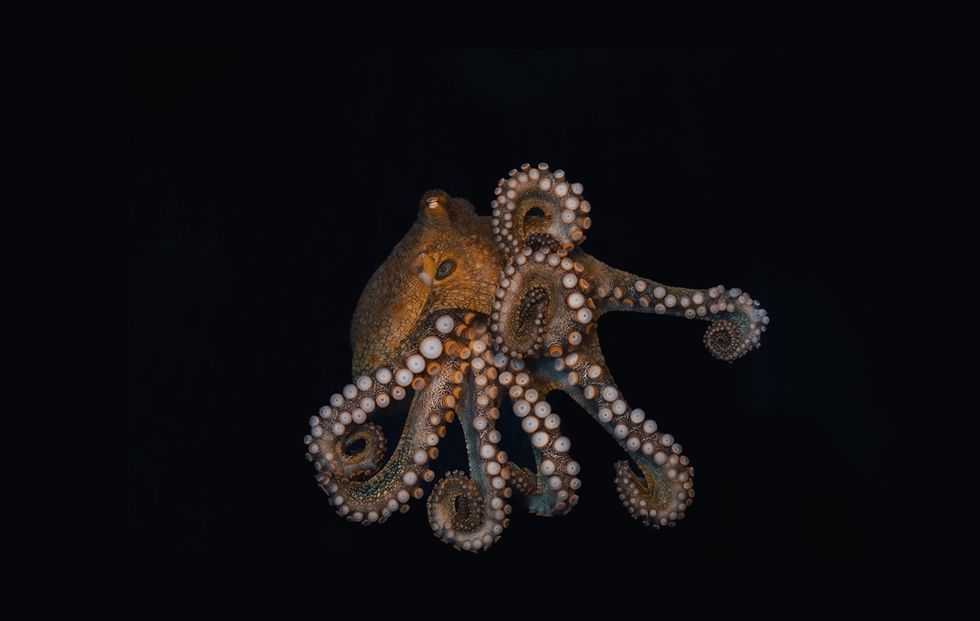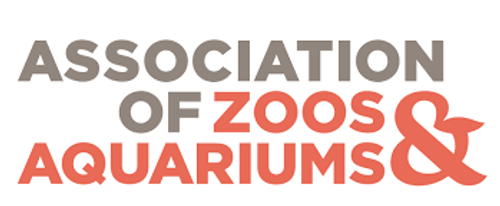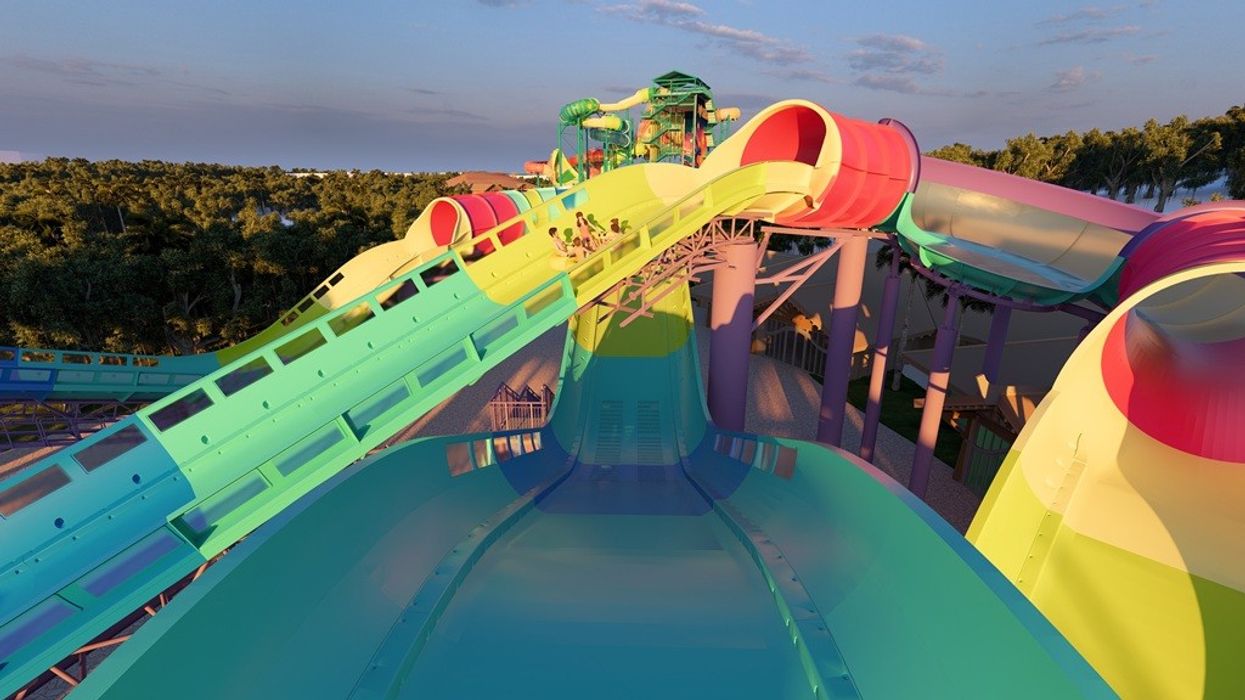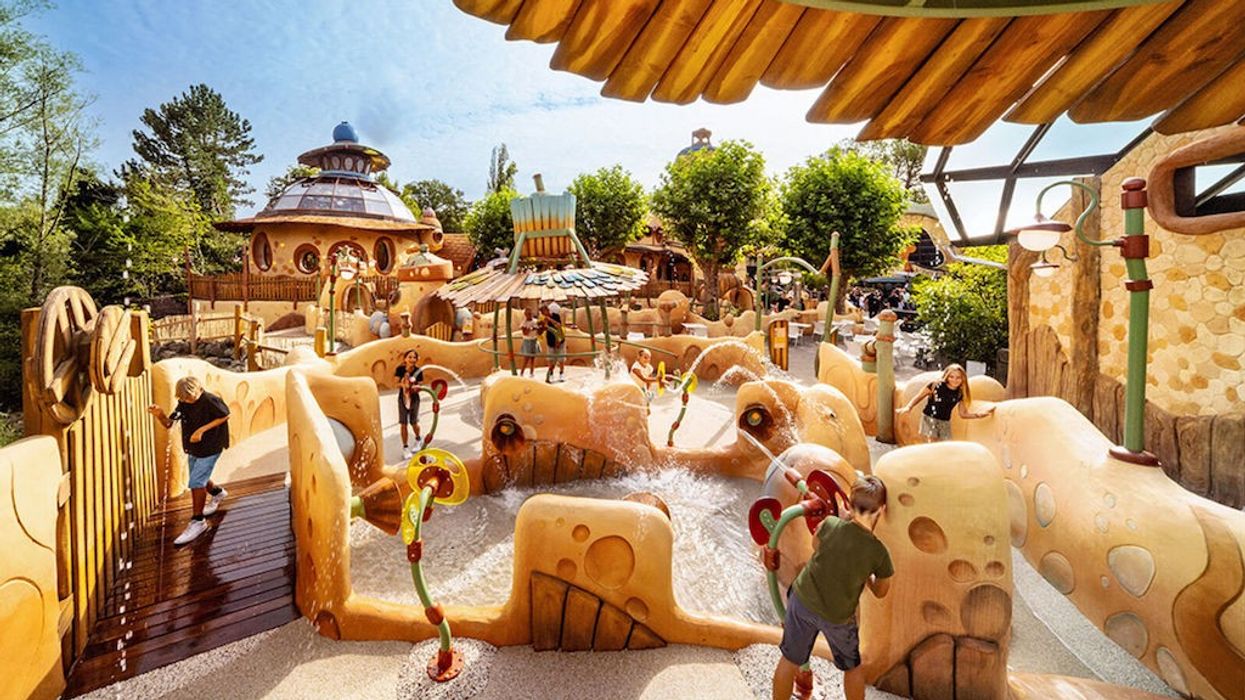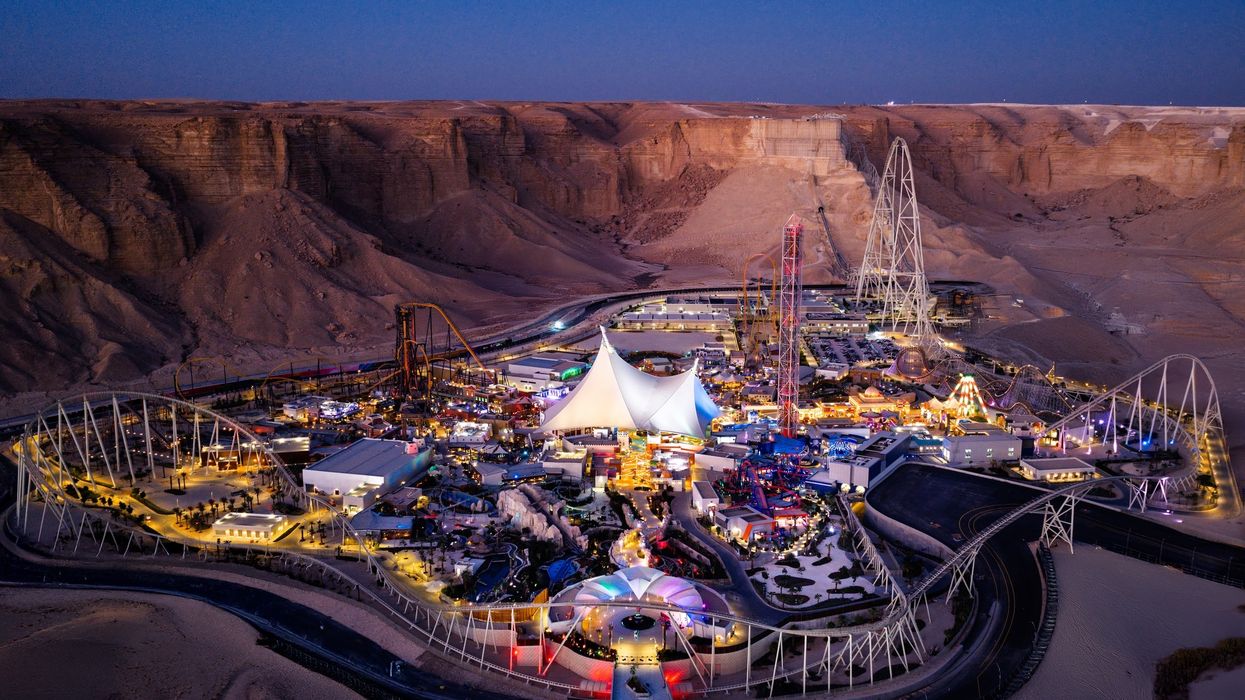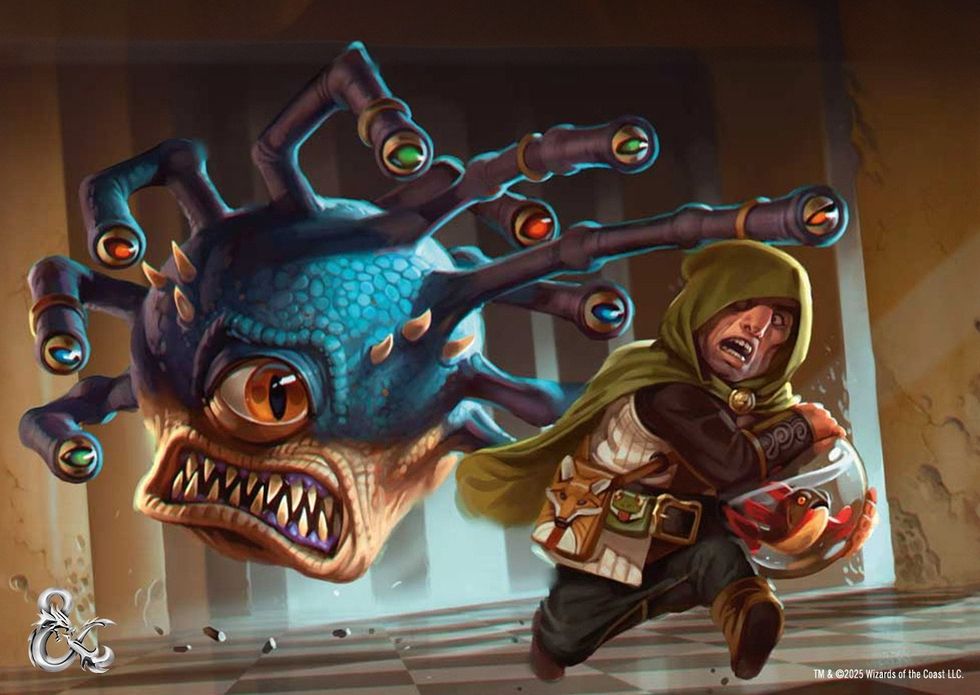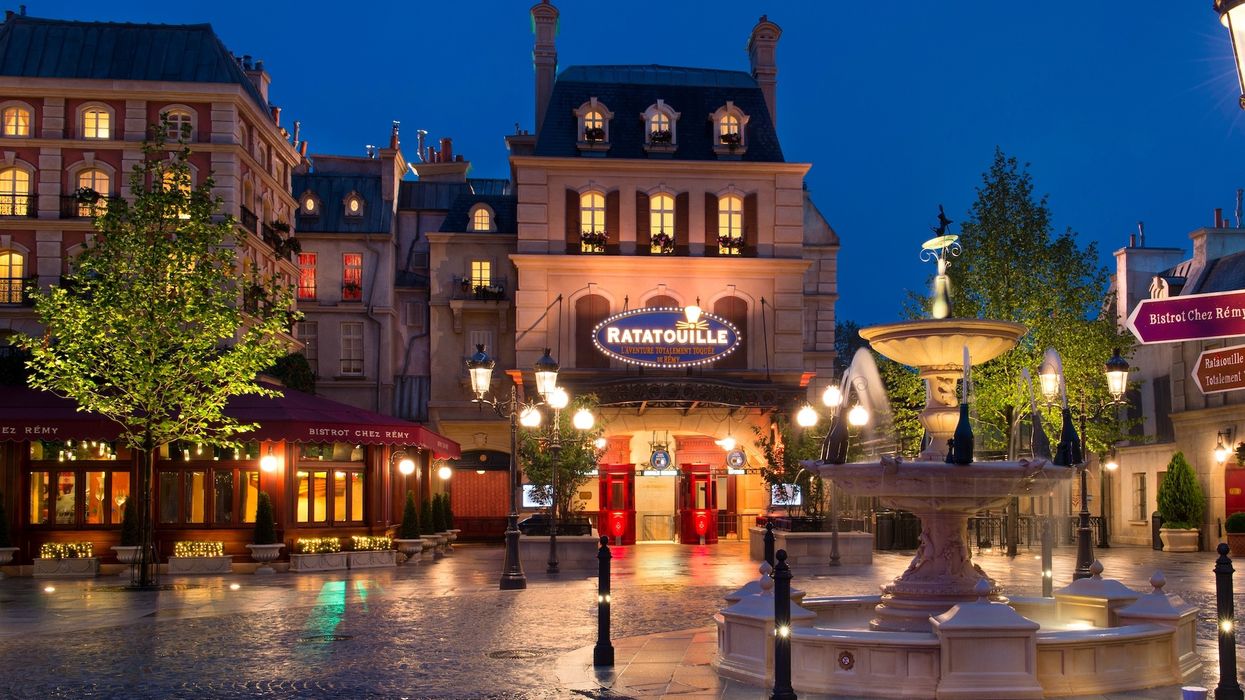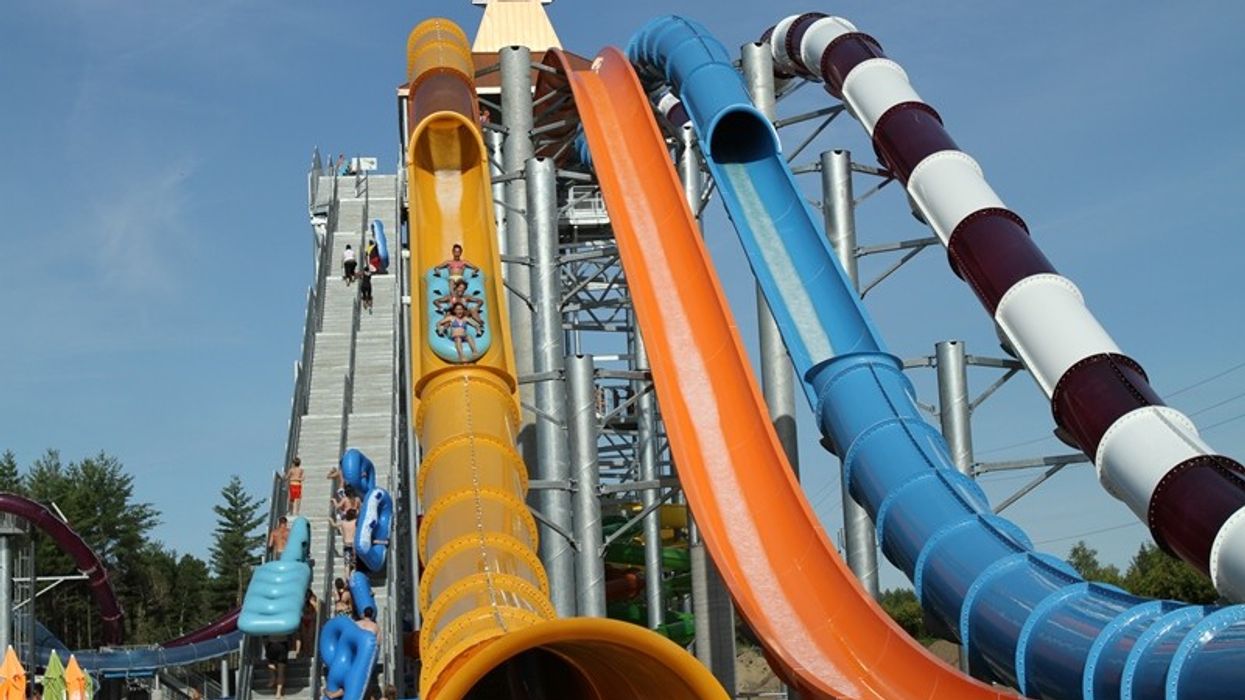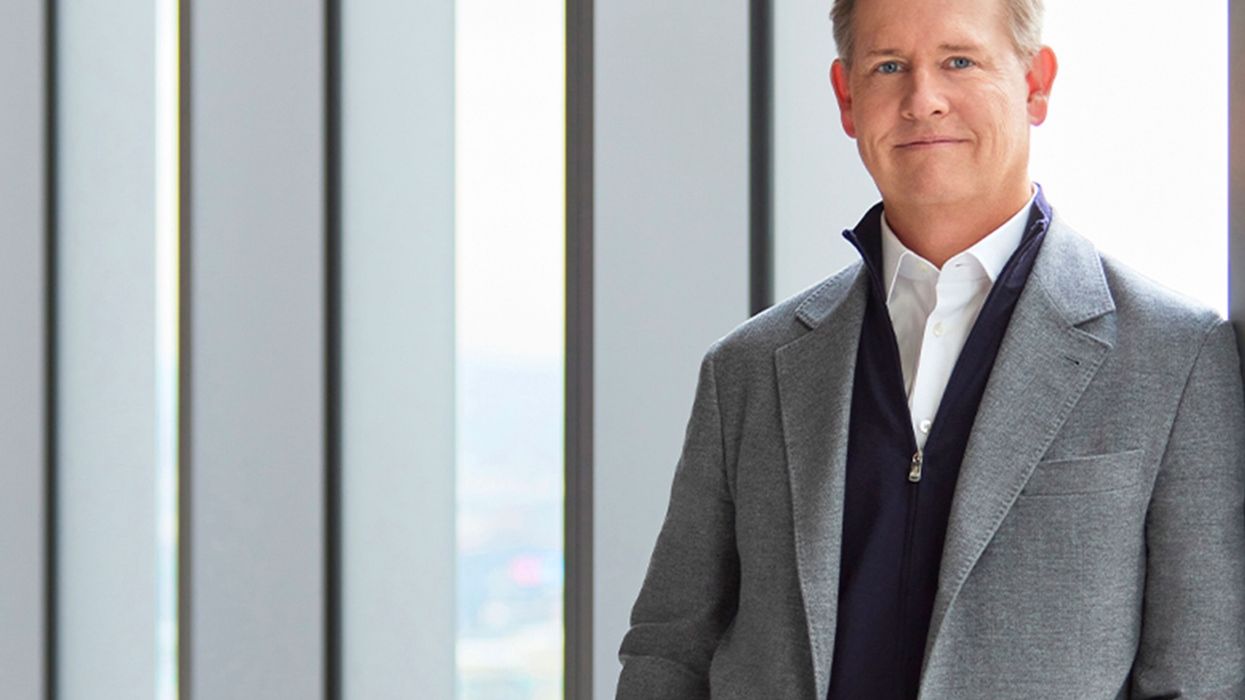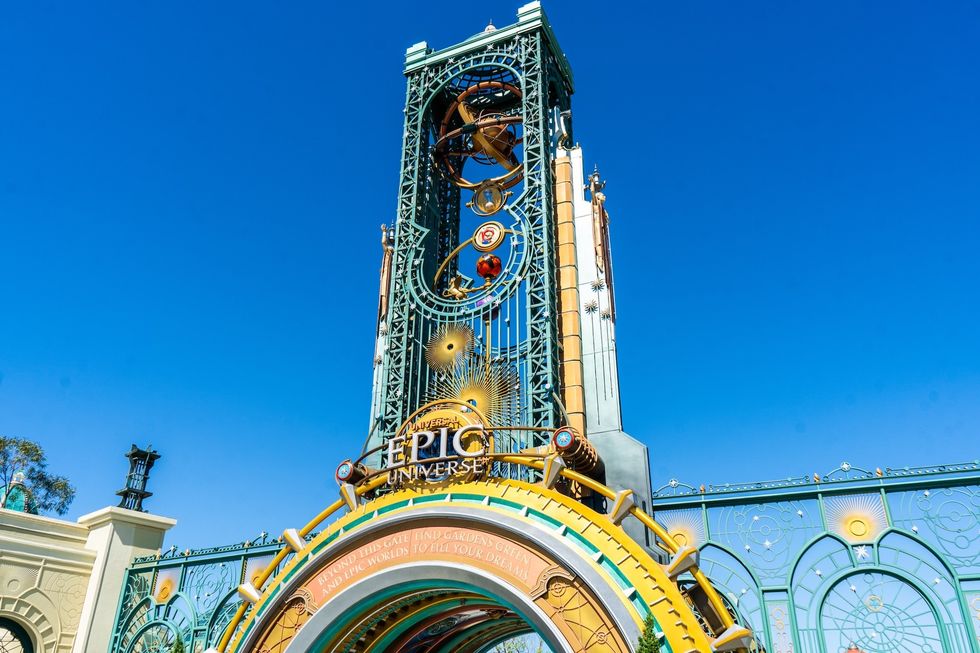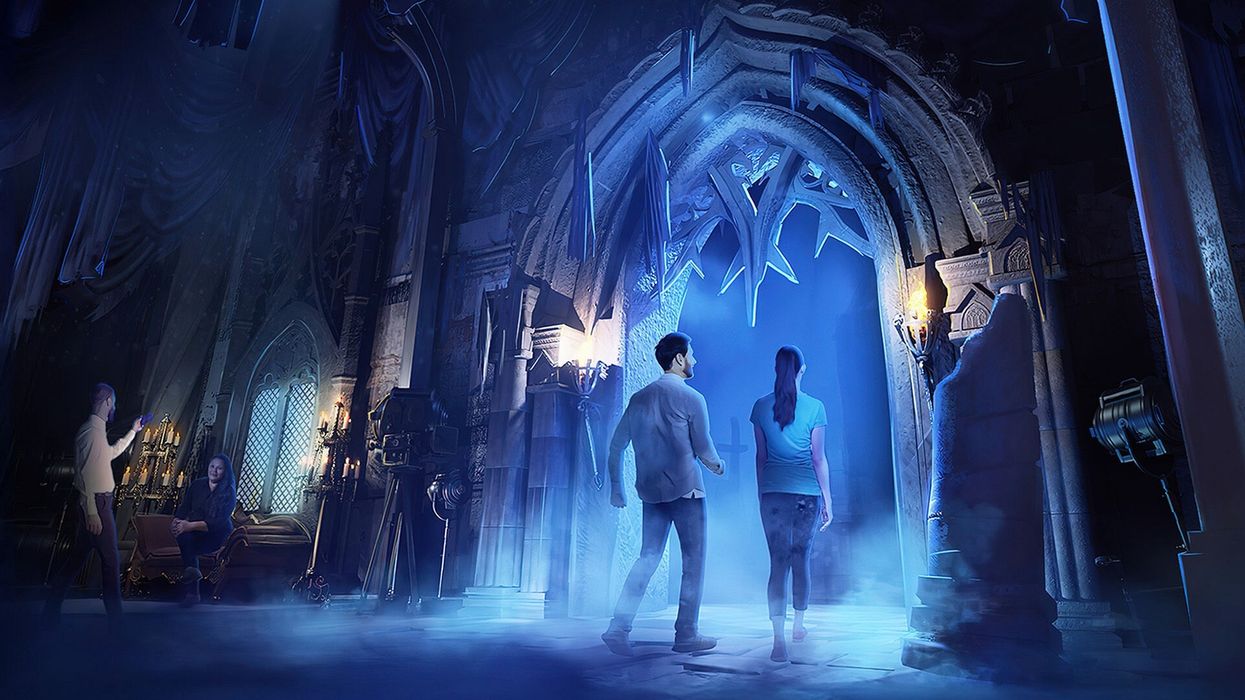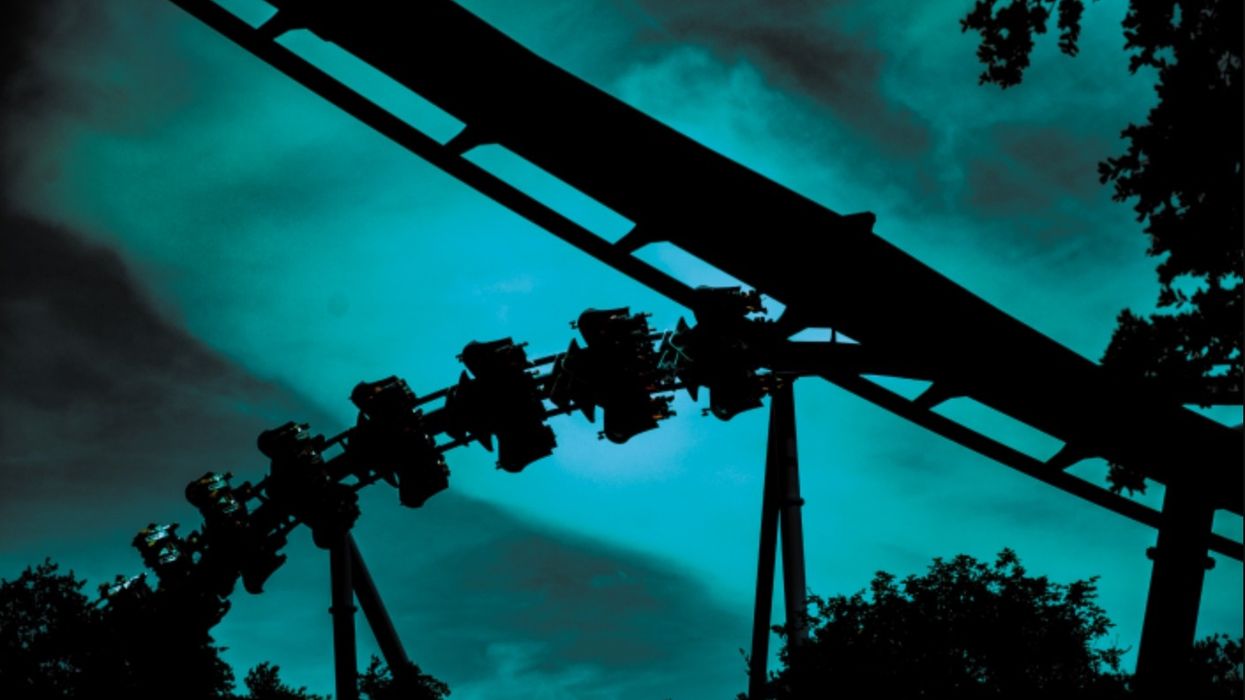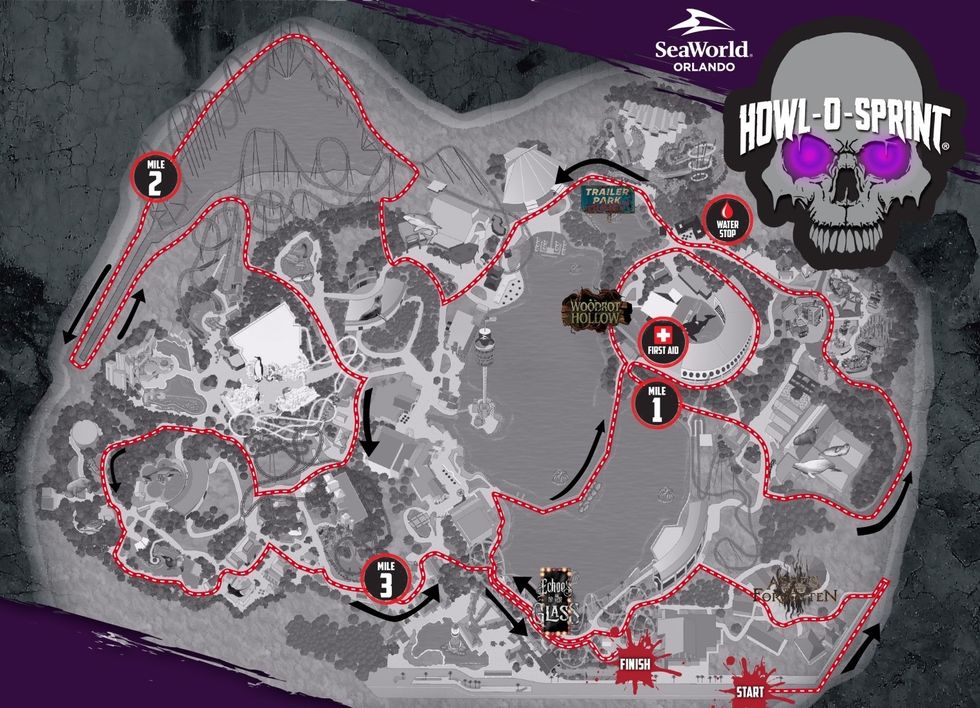SeaWorld San Diego has reimagined a former attraction and is reopening it as a new aquarium with a conservation message on 8 August.
The updated attraction is named the Bayside Aquarium and houses endangered species. It replaces the former Marine Aquarium, which originally opened in 1965 and then closed in 2019.
Located beneath the park’s Bayside Amphitheater, the 458-square-foot aquarium is made up of six smaller aquariums, all providing new habitats for the resident marine animals.
The Bayside Aquarium features new species of fish, and aims to educate guests about the threats facing animals in the wild, such as habitat loss, climate change and human activity.
Danielle Castillo, curator of zoological operations at SeaWorld San Diego, told the San Diego Union-Tribune: "This time around, we’re bringing the aquarium back as a way to focus on our conservation efforts and give guests an up-close look at very unique animals."
With the new aquarium, SeaWorld San Diego also hopes to awareness about wildlife trafficking – the illegal trade of animals and plants.
Conservation education at SeaWorld San Diego
The park is a partner in the Wildlife Confiscations Network, a new conservation initiative from theWildlife Trafficking Allianceunder the Association of Zoos and Aquariums (AZA).
The initiative is building a coalition of animal care facilities, like SeaWorld San Diego, that can provide immediate medical care and housing for wildlife trafficked through US ports of entry.
"What that network allows us to do is have a strong network of facilities – from universities to other accredited zoos and aquariums – that will help wildlife enforcement with being able to find a home for illegally trafficked animals so they can thrive," Castillo said.
Species on view in the new aquarium include the camouflaged wobbegong shark, a California two-spot octopus, brown-banded bamboo sharks, coral cat sharks and reef fish.
Also featured is the critically endangered axolotl. "They're very interesting," Castillo said. "They can regenerate limbs, and their gills are on the outside of their heads.
"But it’s also important to us to get the messaging out about the illegal trafficking and also educate people on why it’s important to take care of their natural environment and be responsible pet owners."
Images courtesy of SeaWorld
